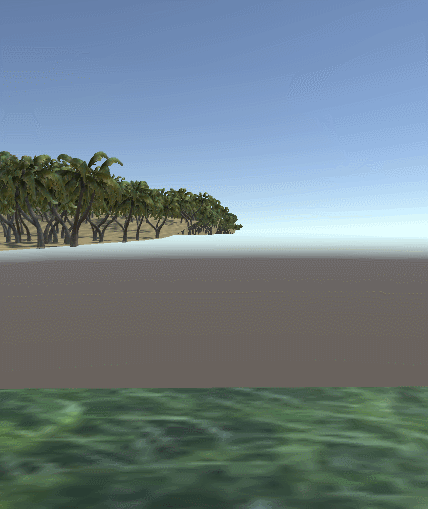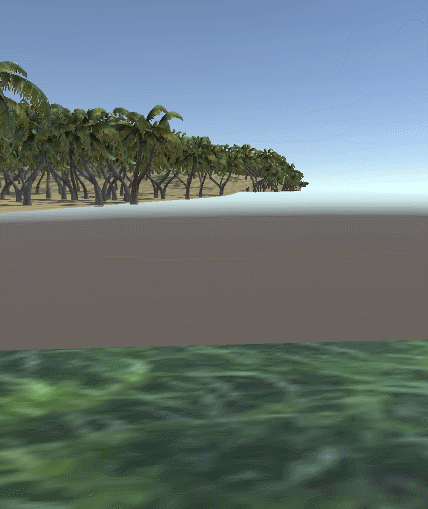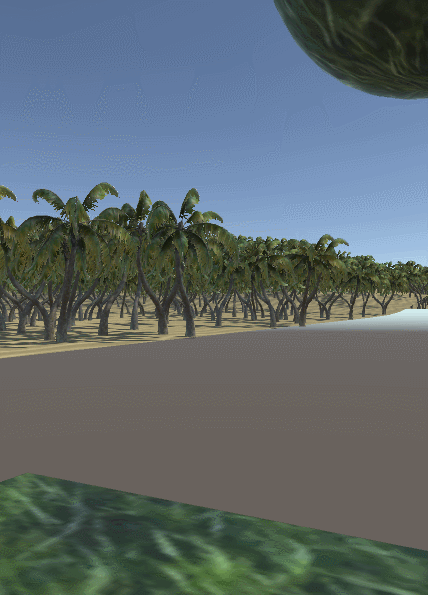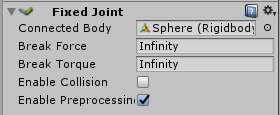Difference between revisions of "Physics"
m (→Colliders) |
m (→Rigid Bodies) |
||
| Line 12: | Line 12: | ||
==Rigid Bodies== | ==Rigid Bodies== | ||
| − | Putting a rigid body component object means it can be affected by the game world's gravity and physics. | + | Putting a rigid body component object means it can be affected by the game world's gravity and physics. |
| + | This is what happens when you put the default rigid body on a collider with a default collider (no special bouncy material). | ||
| + | |||
[[File:physics.gif]] | [[File:physics.gif]] | ||
Revision as of 17:00, 1 June 2017
Go read the at least the first part, Getting Started, of this tutorial series first, if you haven't already.
Colliders
These give objects the ability to have physics interactions with each other, and detect if the object is touching another object that also has a collider. They are only ever seen as components on objects. The trigger option changes whether or not you want the object to just have a trigger event to activate in the code for when a hit is detected or if you also want it to have the normal physical reaction of bouncing (vs going straight through the object).
Choosing Box, Sphere, Capsule, or any of the other collider shapes depends on what the shape of the object it is going to be attached and where you want collisions to count. A mesh collider would make a collider that conforms exactly to the shape of the mesh of the object it is attached to, but using it can be very expensive frame-wise, depending on the complexity of the model. You can usually get by using a box, sphere, or capsule collider and getting it as close to the object's dimensions as possible, because though the object won't have hit detection exactly skintight, no player will notice because colliders are invisible and much of the time. Even collisions for the player character itself happen anywhere but in front of them. So basically, don't use a mesh collider unless it really cannot be avoided!
The material option affects what happens when the object with the collider hits another object with a collider, like whether it bounces and how much, just land, or slide around a little. The example below is an object using the bouncy material.
Rigid Bodies
Putting a rigid body component object means it can be affected by the game world's gravity and physics. This is what happens when you put the default rigid body on a collider with a default collider (no special bouncy material).
Some other features, like joints, require rigid bodies but you may not want physics to apply to that object, that case is what the 'Is Kinematic' option is for.
Fixed Joints
Think of fixed joints as metal wires that can connect 2 objects and keep them the same distance apart and considered the same object as far as the physics engine is concerned.



